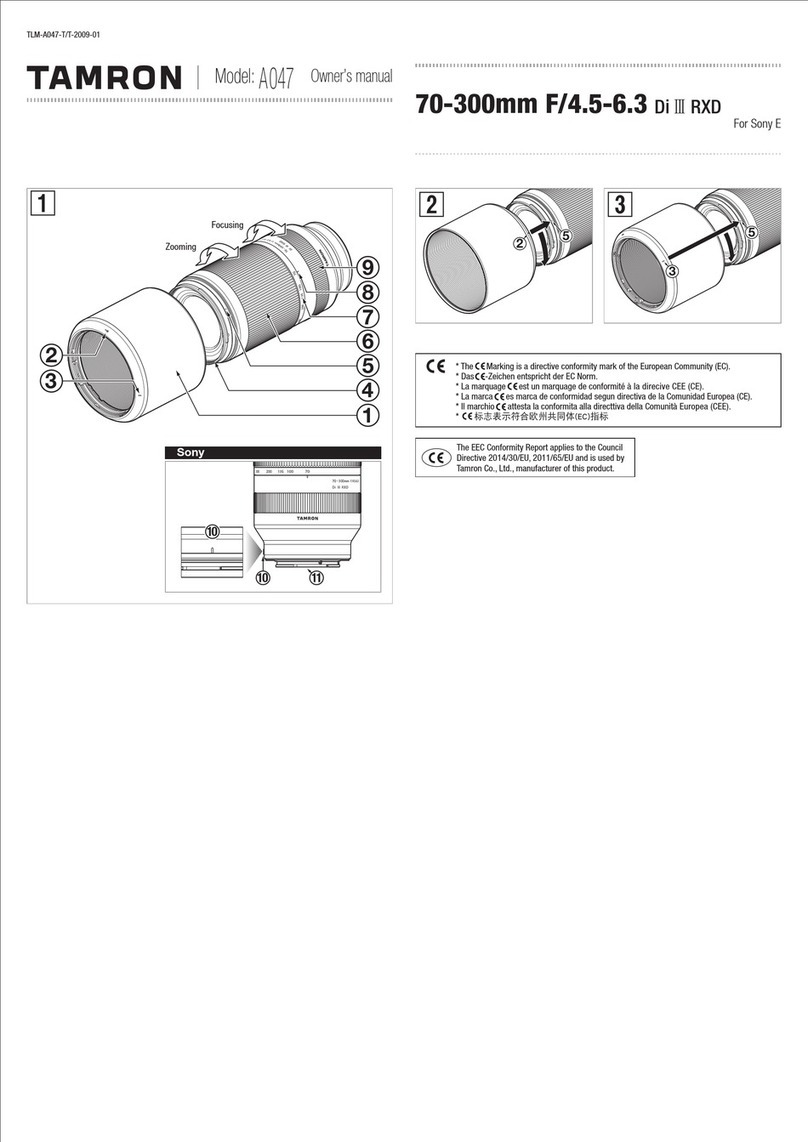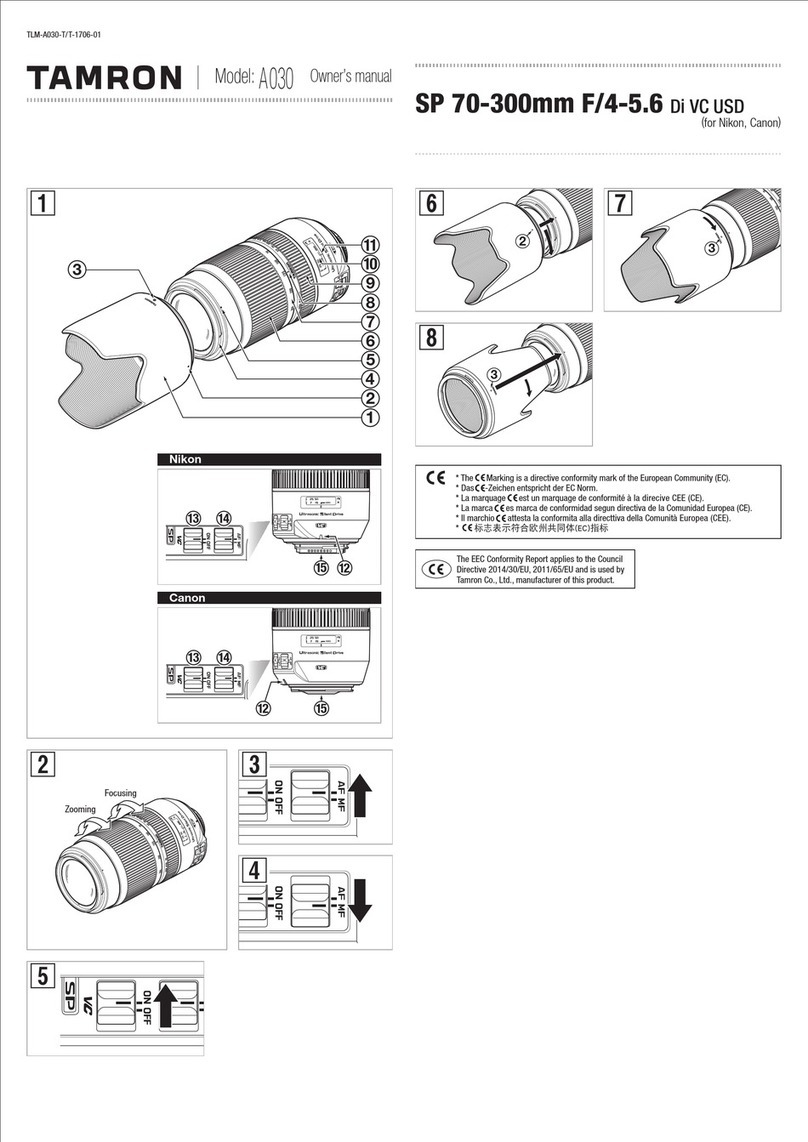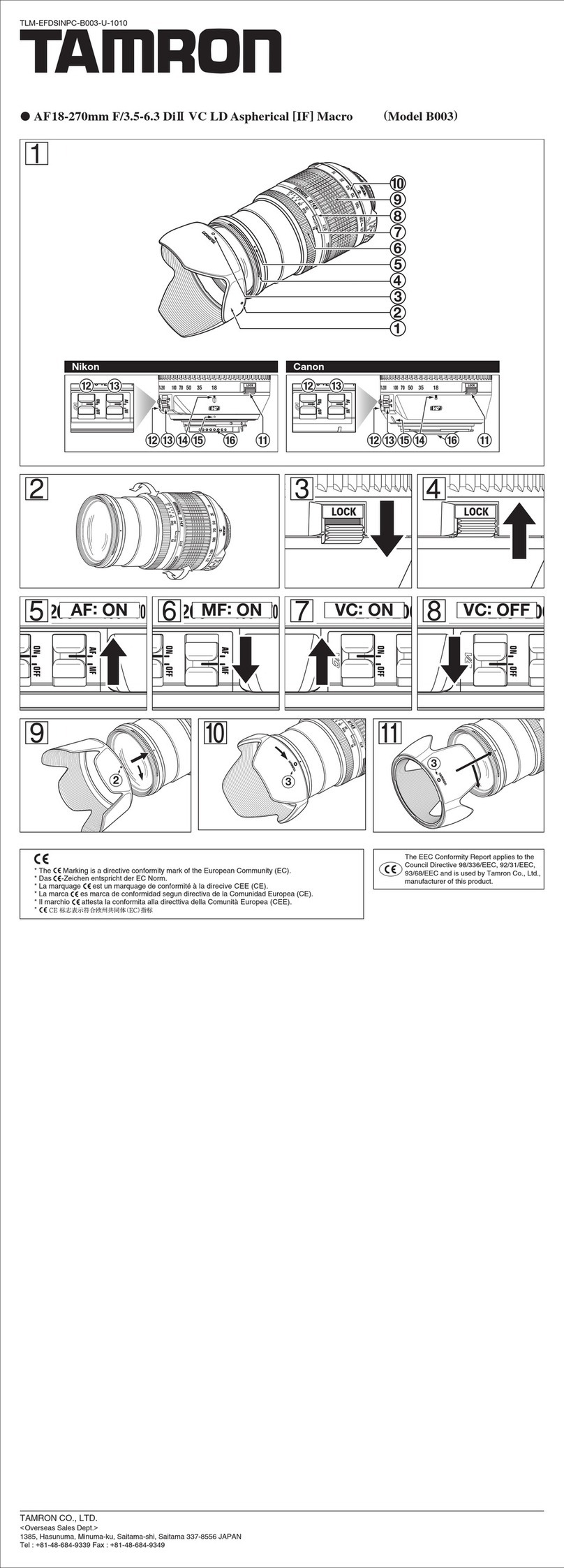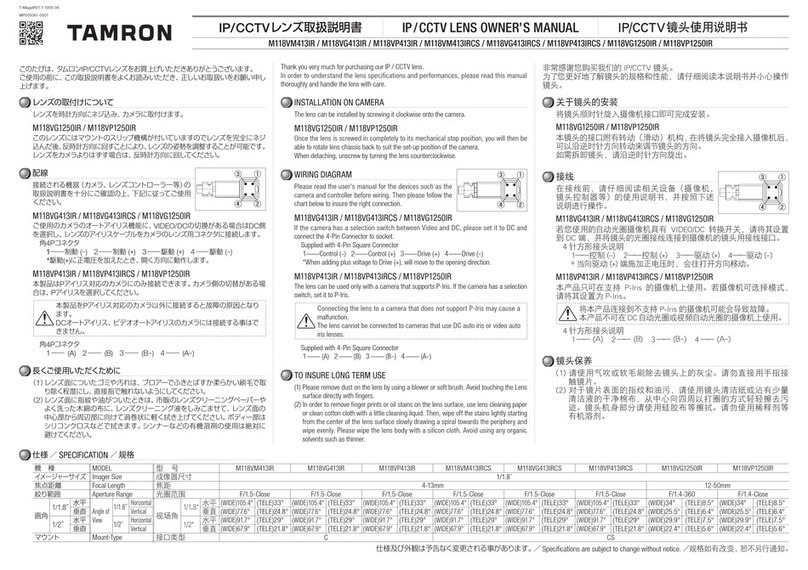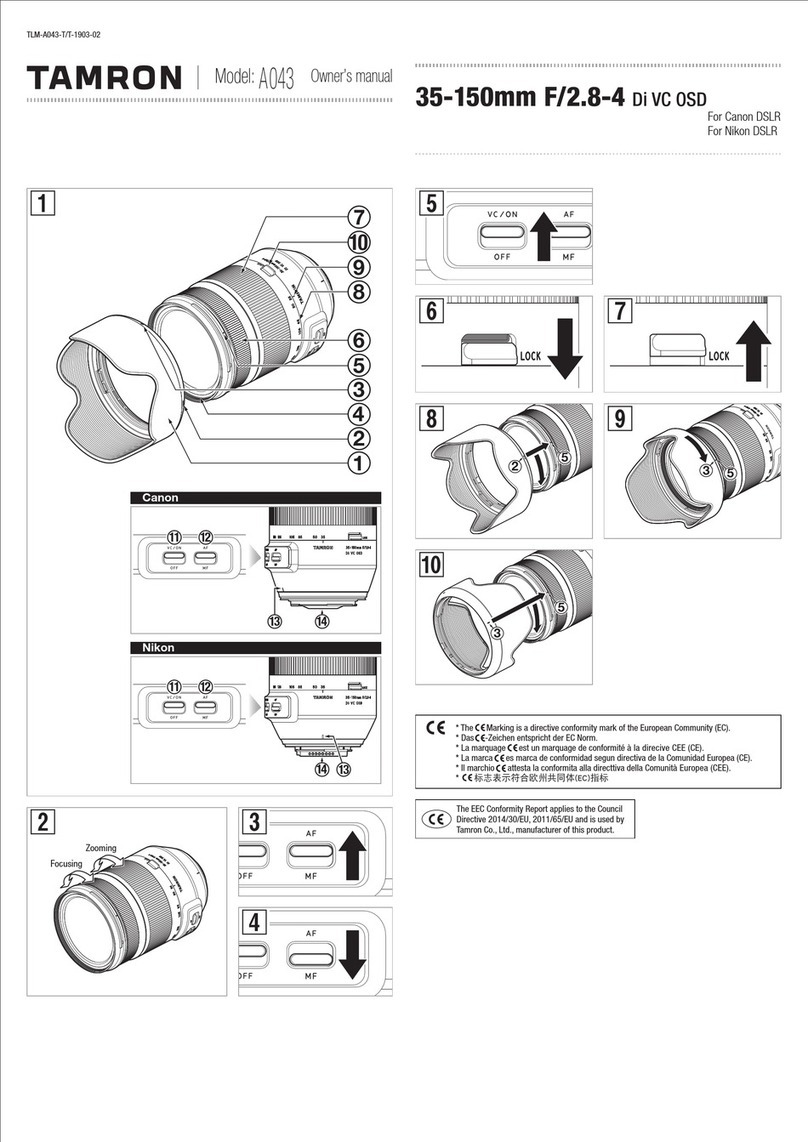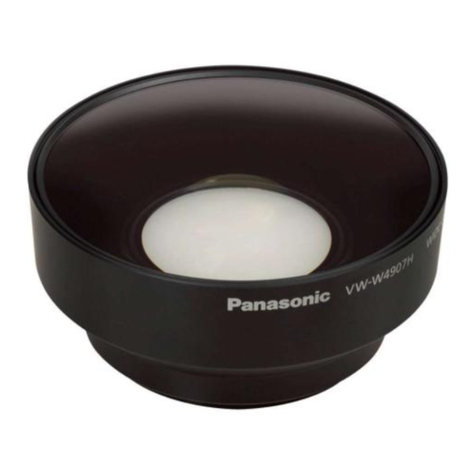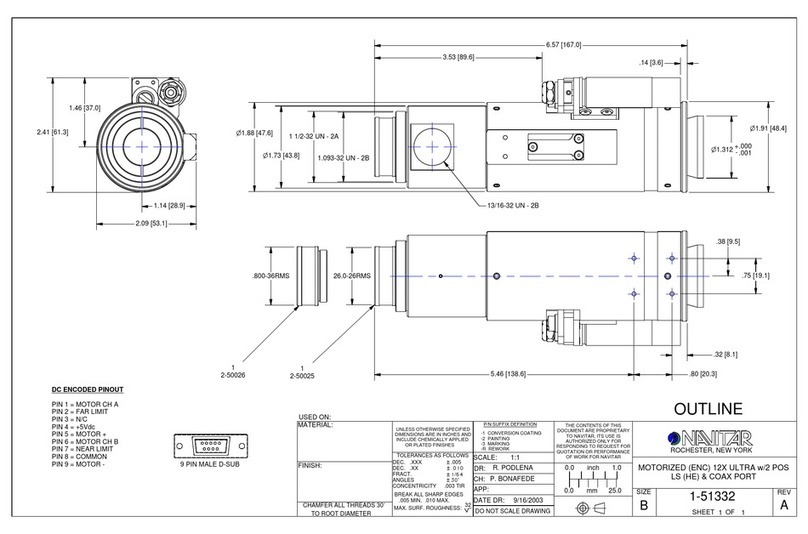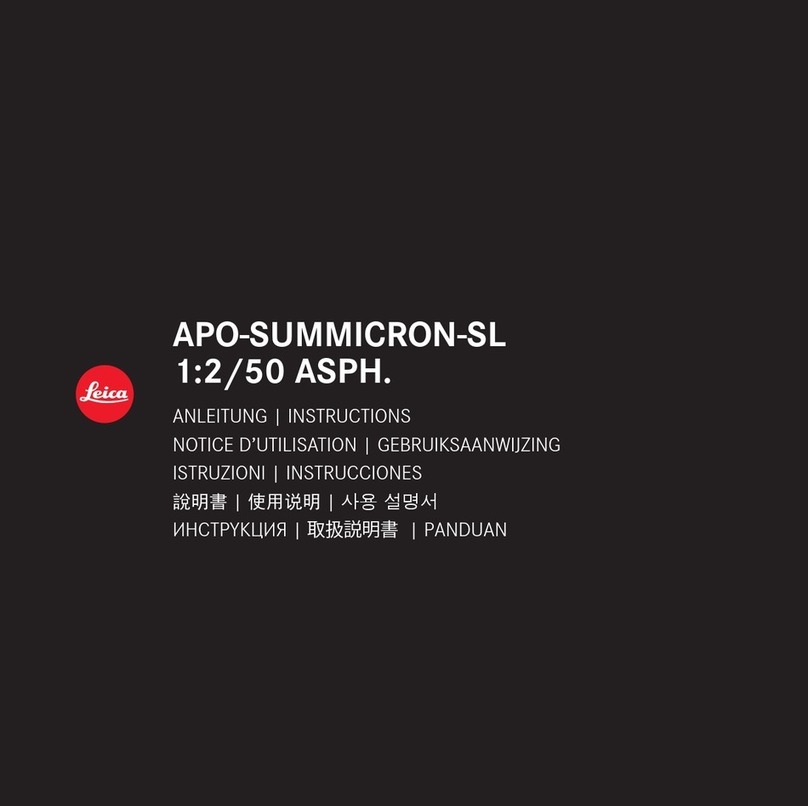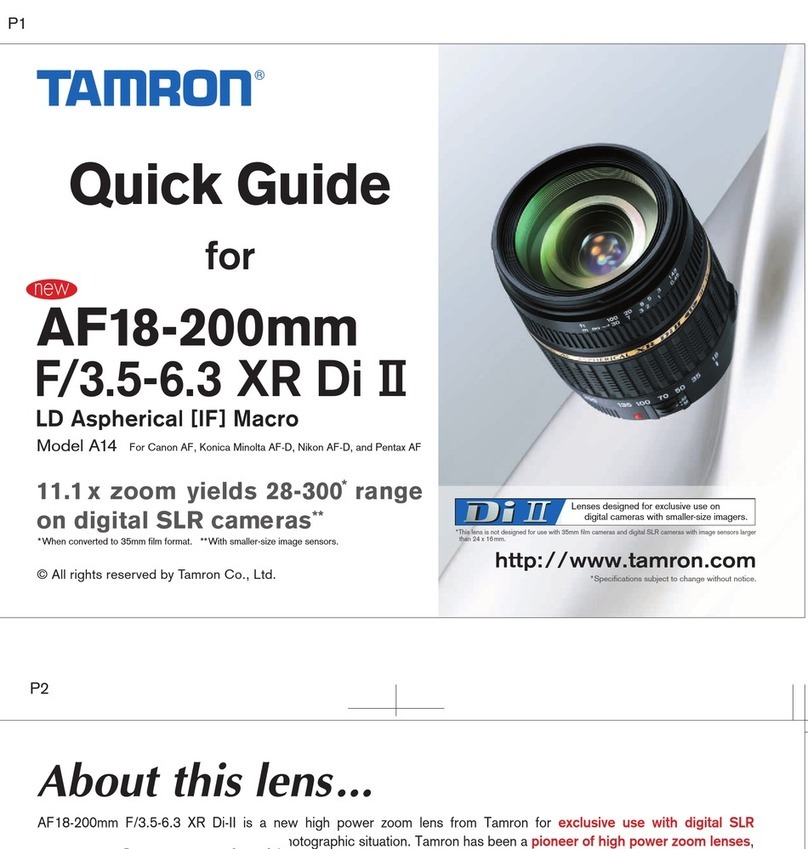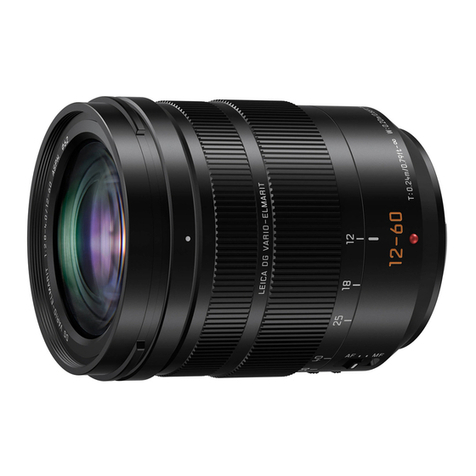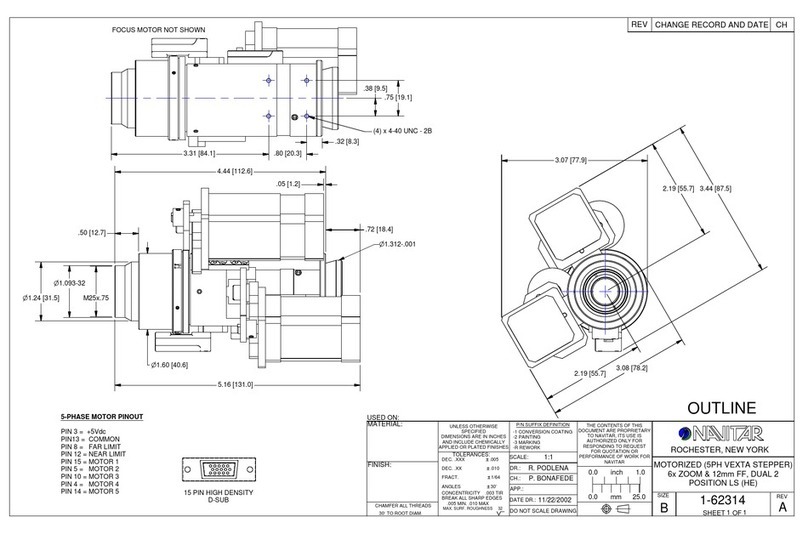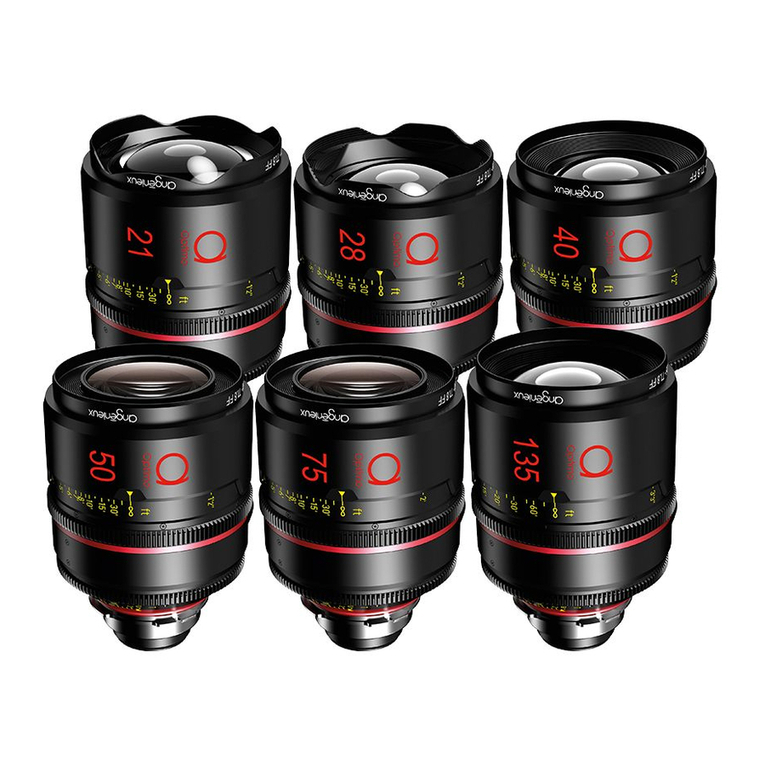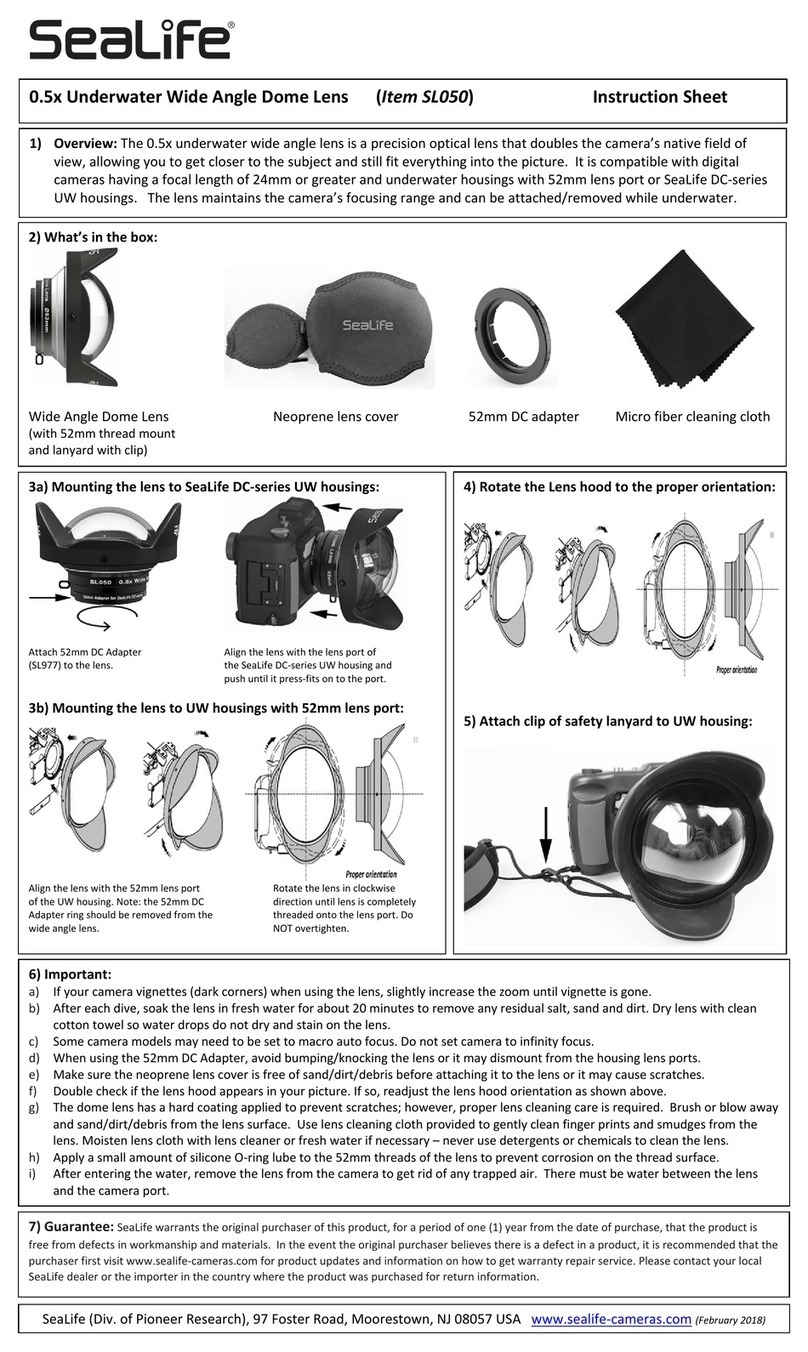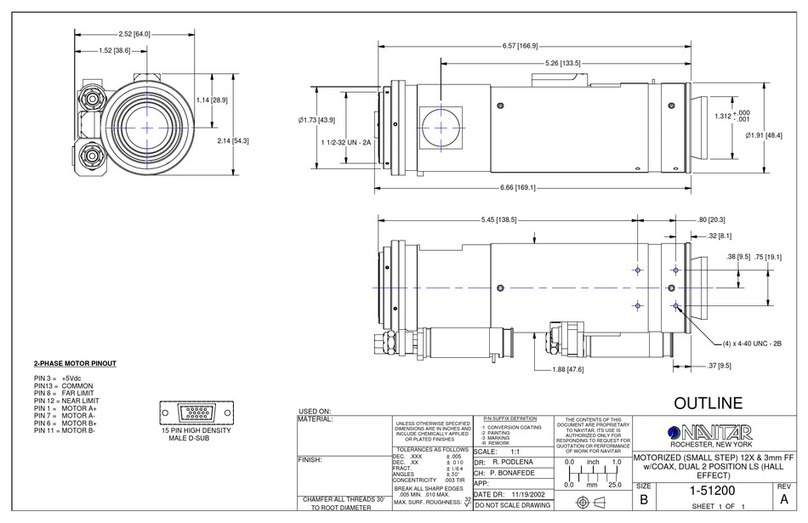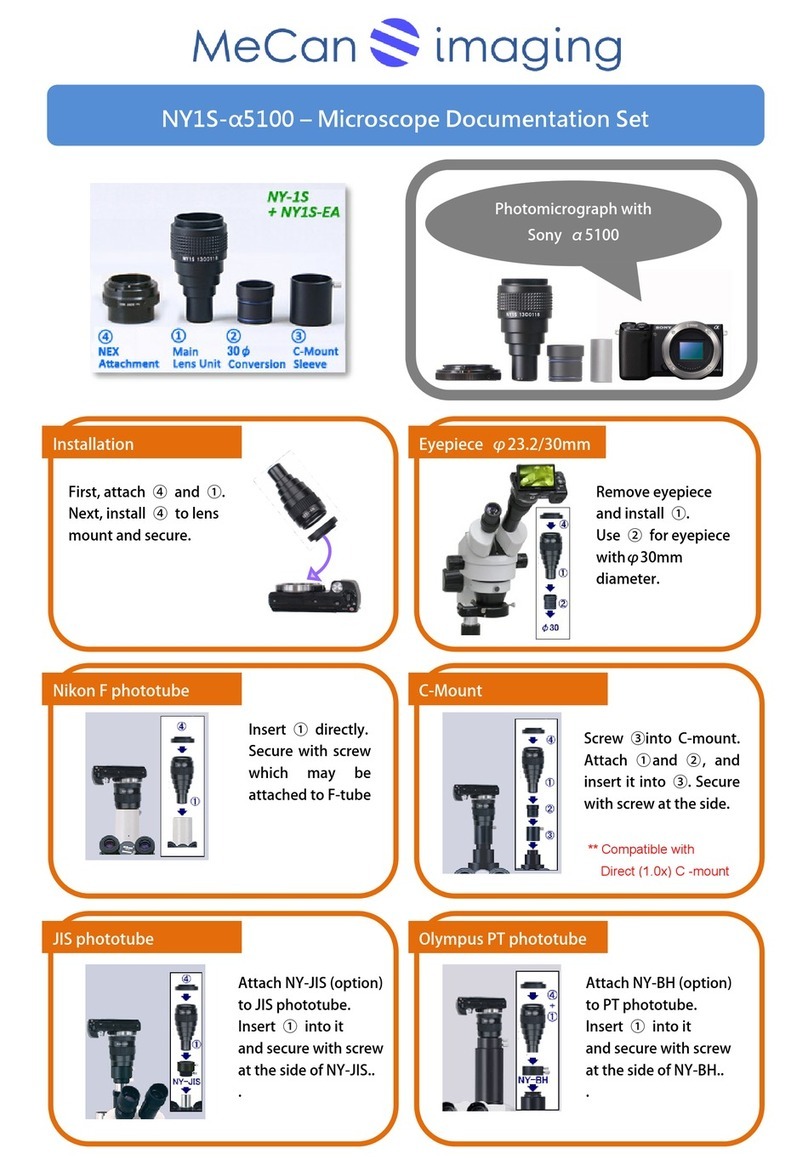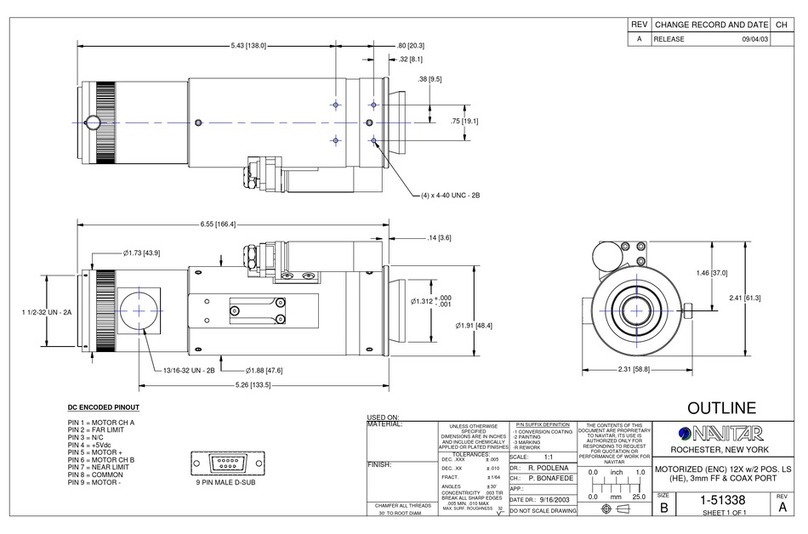
Cautions
when
Using
Tamron
Lenses
For
safe
operation
be
sure
to
carefully
read
the
manual
and the
following
cautions
before
using.
After
reading
them, store
them
in a
place
where
they
can
easily
be
reviewed
whenever
needed.
In this
manual,
caution
instructions
are
divided
into
the
following
two
categories:
&
WARNING:
This
indicates instructions
which
if
not
heeded
could
lead to death
or
serious
injury.
&
CAUTION:
This
indicates
instructions
which
if
not
heeded
could
lead
to bodily injury
or
physical
damage.
&
WARNING
(I)
Do
not
look
directly at the
sun
through
the lens.
Doing
so
could
result in blindness.
(2)
Do
not
leave
the lens within the
reach
of
young
children.
The
lens may fall
and
injure
the
child,
and
the
strap
may
get
wrapped
around
the
child's
neck,
resulting in
suffocation.
&
CAUTION
(I)
Do
not
leave
the lens in
places
exposed
to
direct sunlight.
The
light
reflected
off
the
lens
may
focus
on
a
nearby
object,
and
cause
afire.
Place
the
lens
cap
of
the lens
whenever
it is not in use.
(2)
When
mounting
the lens on the
camera,
make
sure
the lens
and
camera
are
properly
set
and
securely
locked.
The
lens may
get
stuck
if
it is
not
properly
mounted,
and
if
it is not
securely
locked, it
may
fall off,
damaging
the
lens
or
camera
or
causing
bodily
injury.
(3)
Do
not
modify
or
alter
the lens.
Doing
so
may
result in
damage
to
the lens
or
camera.
(4)
Mount
the lens
hood
when
taking
photographs
in
order
to
eliminate
harmful
light rays.
*
The
hood
cannot
be
mounted
when
certain
filters
are
installed.
*
Remove
the
hood
if
it
causes
shadows
at
the
edges
of
the
image
when
using
aflash.
(5)
Do
not
place
excessive
loads
on
the
lens
when
it is
mounted
on
the
camera.
Such
loads
may
damage
the
mount
section
on
the
lens
and
the
camera.
Large
lenses tend to
place
a
strong
load
on
the
mount
section.
Always
hold the lens
when
operating
and
moving
the
camera.
(6)The
focus ring turns
during
the
auto
focus
operation.
Do
not
keep
the
focus
ring
from
turning.
Also,
do
not forcibly
tum
the focus ring by
hand
when
in the
auto
focus
mode.
Doing
so
may
damage
the lens
or
the
interior
of
the
camera.
(7)
Do
not use the lens
except
for the
purpose
of
photographing.
VorsichtsmaBnahmen
bei
der
Benutzung
von
TAMRON-OBjJEKTlVEN
Lesen Sie sich diese Bedienungsanleitung und die
nachfolgend aufgefUhrten VorsichtsmaBnahmen aus
Sicherheitsgriinden vor der Benutzung des Objektivs
sorgfliltig durch. Bewahren Sie die Bedienungsanleitung
anschlieBend an einem leicht zuganglichen
art
auf, damit
Sie
im
Bedarfsfall jederzeit darauf zuriickgreifen konnen.
Die VorsichtsmaBnahmen wurden
in
dieser
Bedienungsanleitung
in
zwei Kategorien unterteilt:
&
WARNUNG:
Hierbei handelt es sich um VorsichtsmaBnahmen, deren
Nichtbeachtung zum Tod
fUhren
oder emsthafte
Verletzungen verursachen kann.
&
VORSICHT:
Hierbei handelt es sich um VorsichtsmaBnahmen, deren
Nichtbeachtung Korperverletzungen oder physische
Schaden verursachen kann.
&
WARNUNG
(I
)Schauen Sie nicht durch das Objektiv hindurch
in
die
Sonne. Dies konnte zu Blindheit fUhren.
(2)Bewahren Sie das Objektiv auBerhalb der Reichweite
von Kleinkindern auf.
Das Objektiv konnte herunterfallen und das Kind
verletzen.
Der
Riemen konnte sich
urn
den Hals des
Kindes wickeln und eine Erstickung herbeifiihren.
&
VORSICHT
(I
)Legen Sie das Objektiv niemals an Platze, an denen es
direktem Sonnenlicht ausgesetzt ware.
Das Licht konnte sich aufeinem
in
der Nahe befindlichen
Gegenstand biindeln und einen Brand verursachen.
Bringen Sie immer die Kappe am Objektiv an, wenn
dieses nicht
in
Benutzung
is!.
(2) Oberpriifen Sie vor dem Aufsetzen des Objektivs
auf
die Kamera,
daB
das Objektiv und die Kamera richtig
zusammengesetzt und
daB
das Objektiv fest eingerastet
is!.
Das Objektiv
kCinnte
sich festlaufen, wenn
es
nicht richtig
aufgesetzt wurde. Wenn es nicht richtig eingerastet ist,
konnte es herunterfallen und sowohl die Kamera als auch
das Objektiv beschadigen und dariiberhinaus
Verletzungen verursachen.
(3)Gestalten Sie das Objektiv nicht um und verandern Sie
es
in
keiner Weise.
Dies konnte das Objektiv oder die Kamera beschadigen.
(4)Setzen Sie beim Fotografieren die Gegenlichtblende
auf, um schadliche Lichtstrahlen zu eliminieren.
*Die Gegenlichtblende kann nicht aufgesetzt werden,
wenn bestimmte Filter installiert worden sind.
*Entfemen Sie die Gegenlichtblende, wenn sie bei
Benutzung eins Markierungsfensters Schatten
auf
den Bildkanten verursacht.
(5)Legen Sie keine schweren Gegenstande
auf
das
auf
die
Kamera aufgesetzte Objektiv. Dies konnte den
Aufsatzteil des Objektivs und die Kamera beschadigen.
GroBe Objektive neigen dazu, den Aufsetzteil stark zu
belasten. Halten Sie das Objektiv wahrend der
Kamerabenutzung und dem Transport der Kamera
gut fest.
(6) Die Fokussierhiilse dreht sich wahrend der automatischen
Scharfeinstellung. Behindern Sie dieses Drehen nicht.
Drehen Sic die Fokussierhiilse dariiberhinaus nicht
gewaltsam mit der Hand, wenn der Modus
fUr
die
automatische Scharfeinstellung aktiviert is!.
Dies Hinnte das Objektiv oder die inneren Bauteile der
Kamera beschadigen.
(7) Benutzen Sie Objektiv nur
fUr
den Zweck des
Fotografierens.


